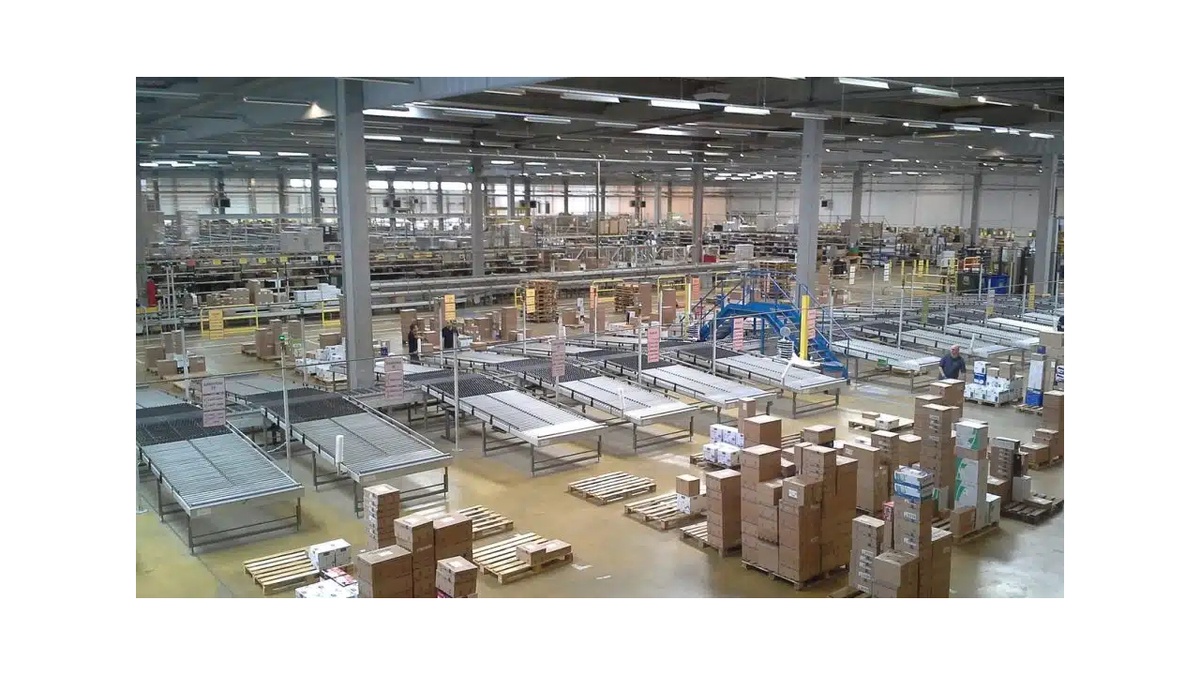Introduction:
Warehouses play a critical role in the supply chain, serving as hubs for storing, managing, and distributing goods. In recent years, the warehousing industry has witnessed significant advancements driven by technology and changing customer demands. To remain competitive and efficient, warehouse operators must stay abreast of emerging trends and embrace innovative solutions. In this article, we will explore the top four emerging trends in warehouses and warehouse management that are shaping the industry's future.
-
Automation and Robotics: Automation and robotics have revolutionized warehouse operations by improving productivity, accuracy, and efficiency. The deployment of autonomous guided vehicles (AGVs) and robots for various tasks, such as picking, sorting, and packing, has reduced reliance on manual labor and minimized human error. Warehouses are increasingly adopting robotic systems, including collaborative robots (cobots) that work alongside humans, to enhance operational speed and optimize space utilization. The integration of artificial intelligence (AI) and machine learning (ML) enables robots to learn and adapt, making them even more effective over time. As automation continues to evolve, we can expect to see increased utilization of drones, exoskeletons, and other innovative technologies in warehouse environments.
-
Internet of Things (IoT) and Connectivity: The Internet of Things (IoT) is revolutionizing the warehouse landscape by connecting devices, equipment, and systems, allowing real-time data collection, monitoring, and analysis. IoT sensors embedded in inventory, machinery, and vehicles provide valuable insights into warehouse operations. This connectivity enables warehouse managers to optimize inventory management, monitor equipment performance, and track shipments throughout the supply chain. Additionally, IoT-enabled predictive maintenance can help identify potential equipment failures, reducing downtime and improving overall operational efficiency. As IoT technology advances, warehouses will increasingly become interconnected ecosystems, streamlining processes and facilitating data-driven decision-making.
-
Warehouse Optimization and Layout: Efficient space utilization is a constant challenge in warehouse management. To address this, warehouses are embracing innovative strategies to optimize their layout and maximize storage capacity. One such approach is the adoption of vertical warehousing, utilizing high-rise storage systems and automated retrieval systems to maximize vertical space. Warehouse operators are also implementing intelligent slotting algorithms that analyze product data, demand patterns, and storage parameters to determine the most efficient location for each item. This optimization reduces unnecessary travel time and improves order picking speed. Additionally, dynamic slotting allows for frequent reconfiguration of storage locations based on changing demand patterns, ensuring faster order fulfillment.
-
Data Analytics and Predictive Insights: The abundance of data generated within warehouses presents an opportunity to gain valuable insights and make data-driven decisions. Warehouse managers are increasingly leveraging data analytics tools and technologies to optimize various aspects of warehouse management. Advanced analytics algorithms can analyze historical data, demand patterns, and other variables to generate accurate demand forecasts. This helps warehouse operators to optimize inventory levels, reduce stockouts, and minimize excess inventory. Moreover, predictive analytics can enhance labor management by forecasting staffing requirements based on historical trends and anticipated order volumes. By harnessing the power of data analytics, warehouses can enhance operational efficiency and customer satisfaction.
Conclusion:
The warehousing industry is undergoing a rapid transformation driven by emerging technologies and changing customer expectations. Automation and robotics, IoT and connectivity, warehouse optimization, and data analytics are among the top trends shaping the future of warehouses and warehouse management. By embracing these trends, warehouse operators can improve operational efficiency, reduce costs, and meet the evolving demands of a dynamic marketplace. Staying ahead of these emerging trends will be crucial for organizations seeking to remain competitive in the modern era of warehousing.


No comments yet